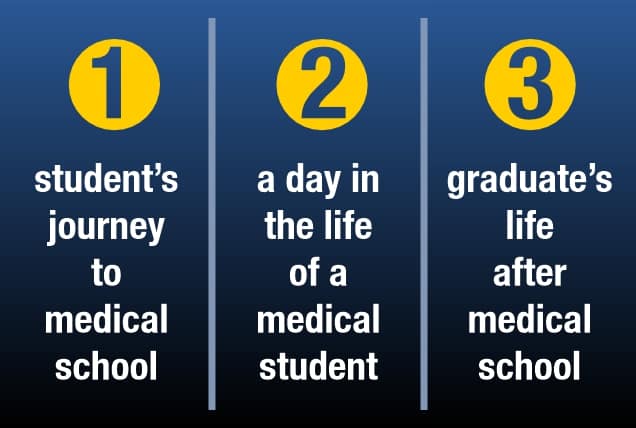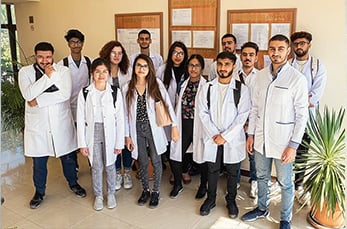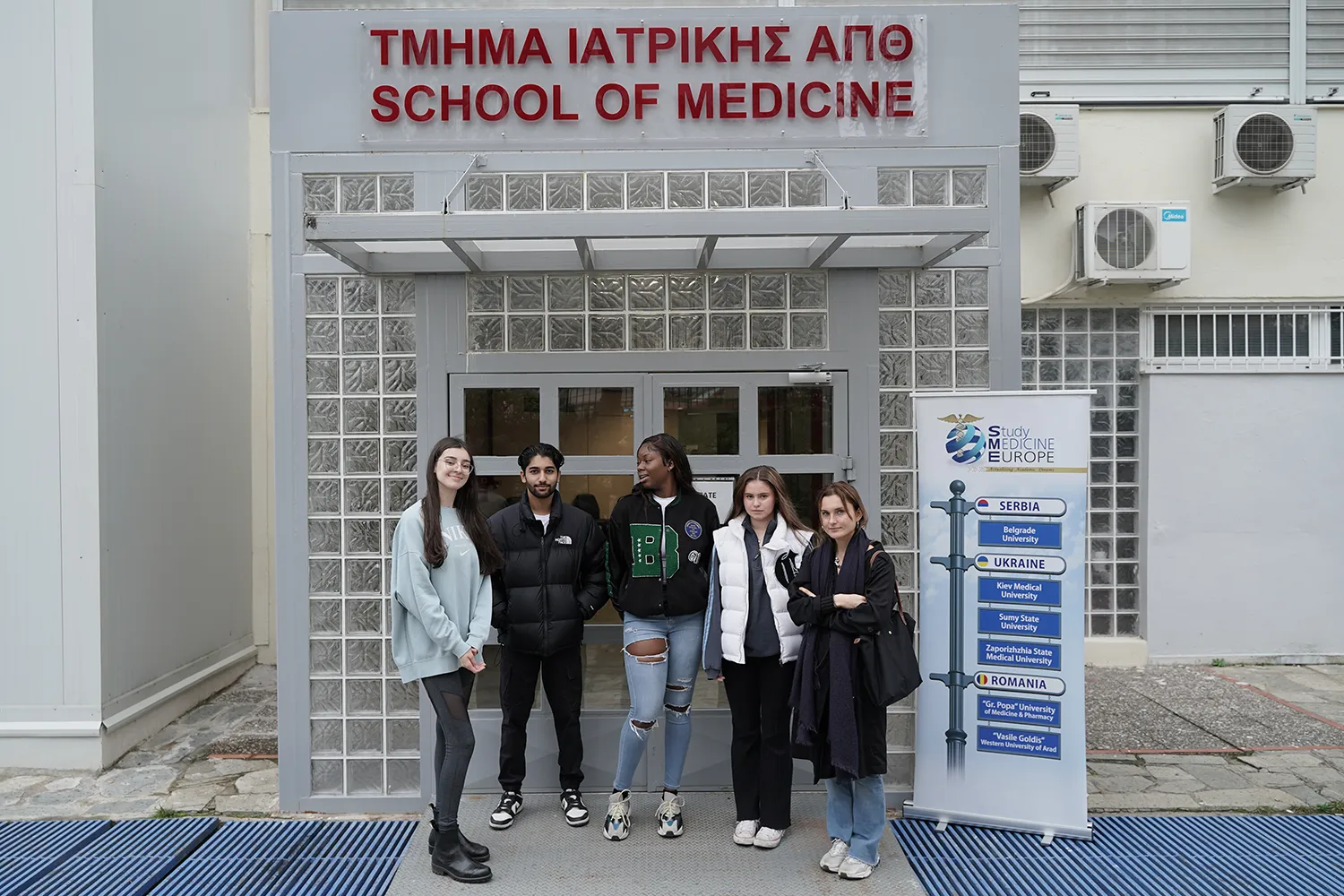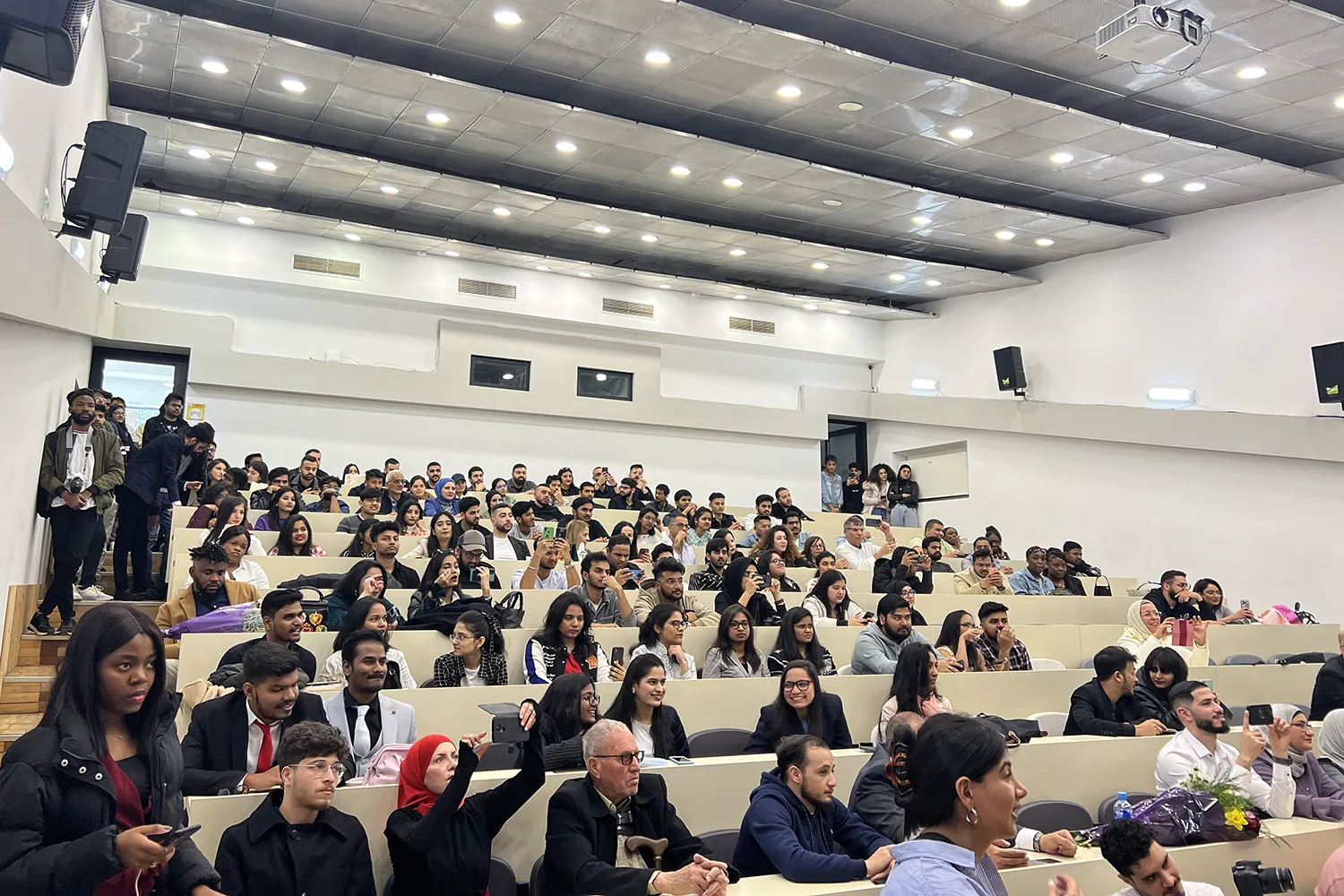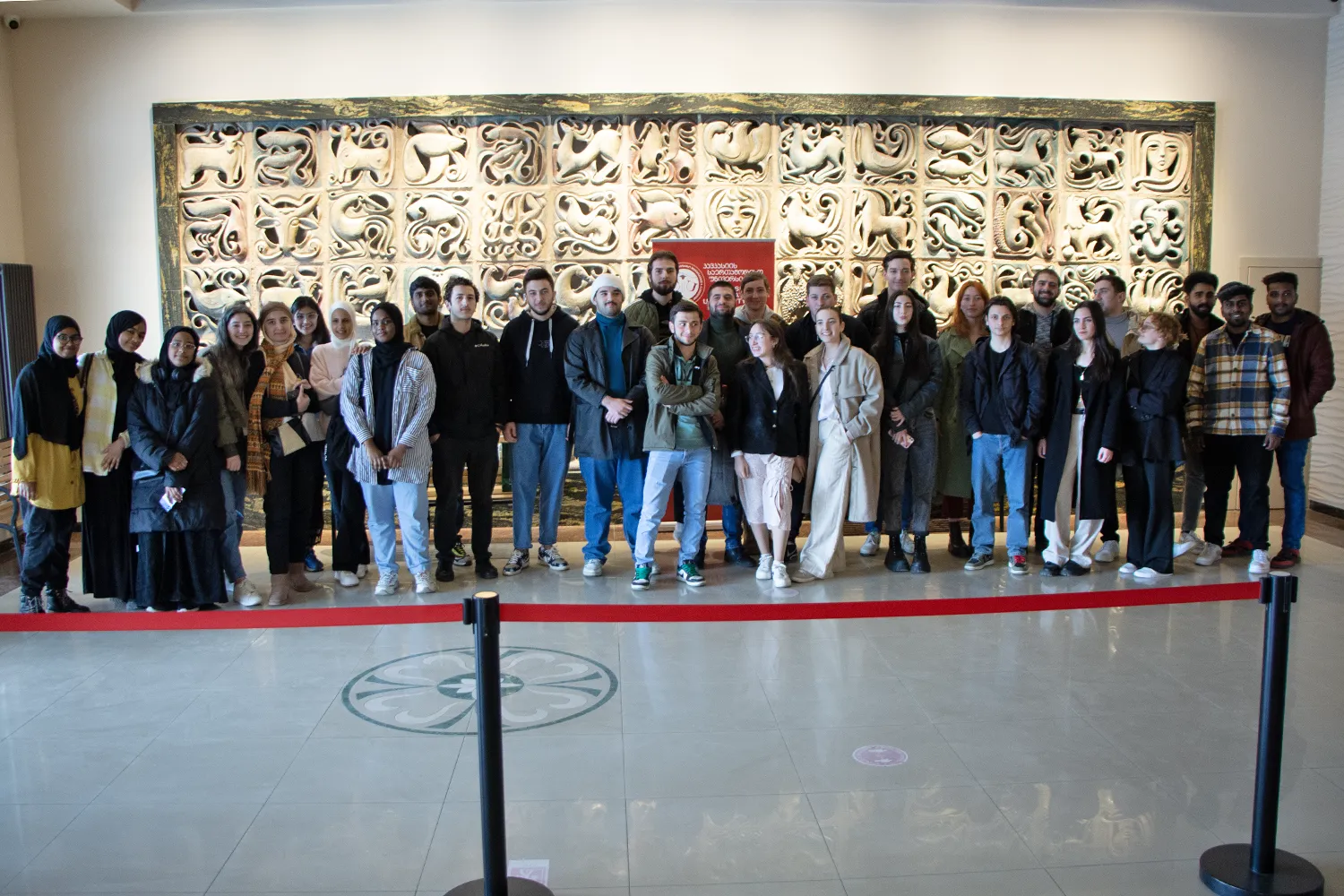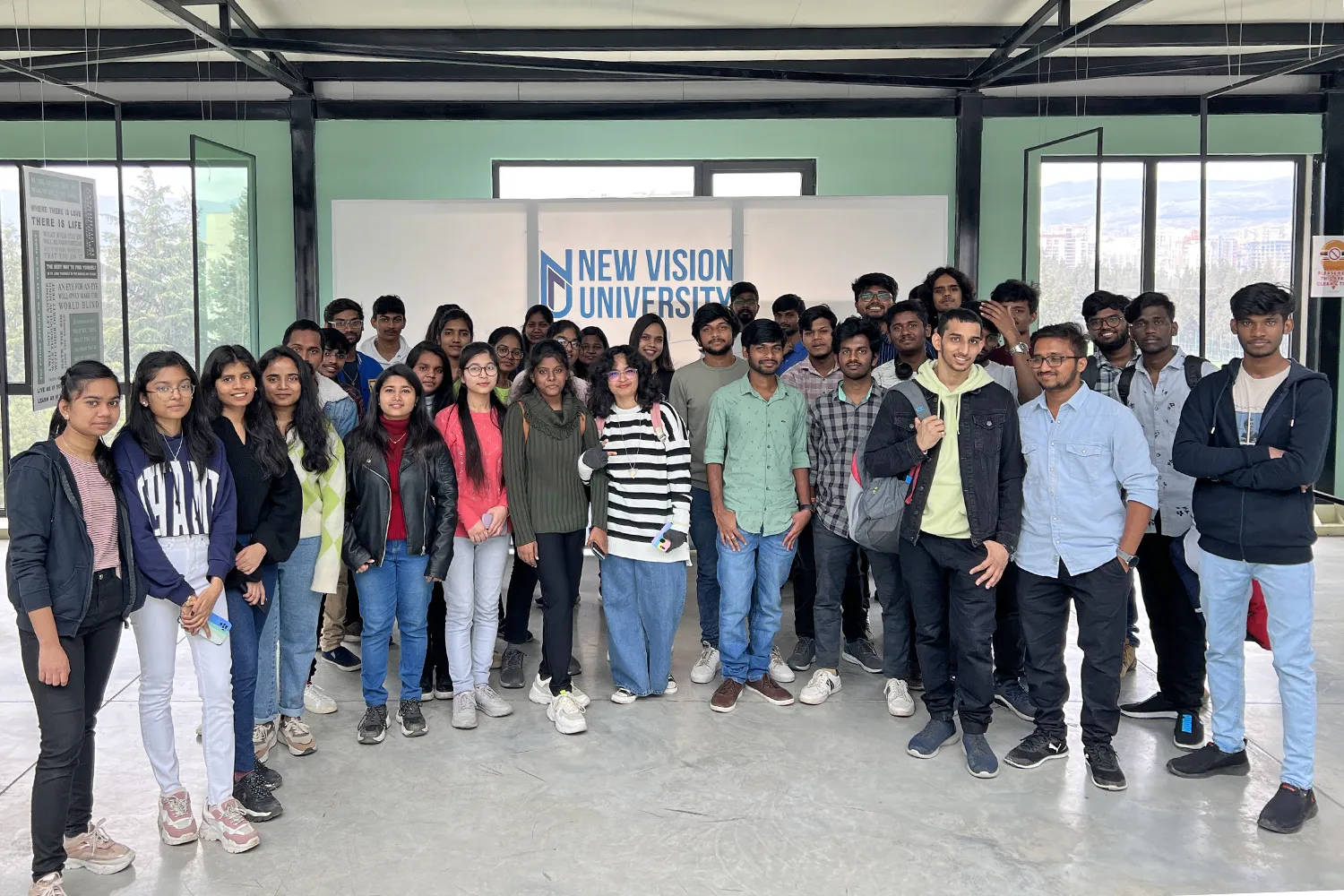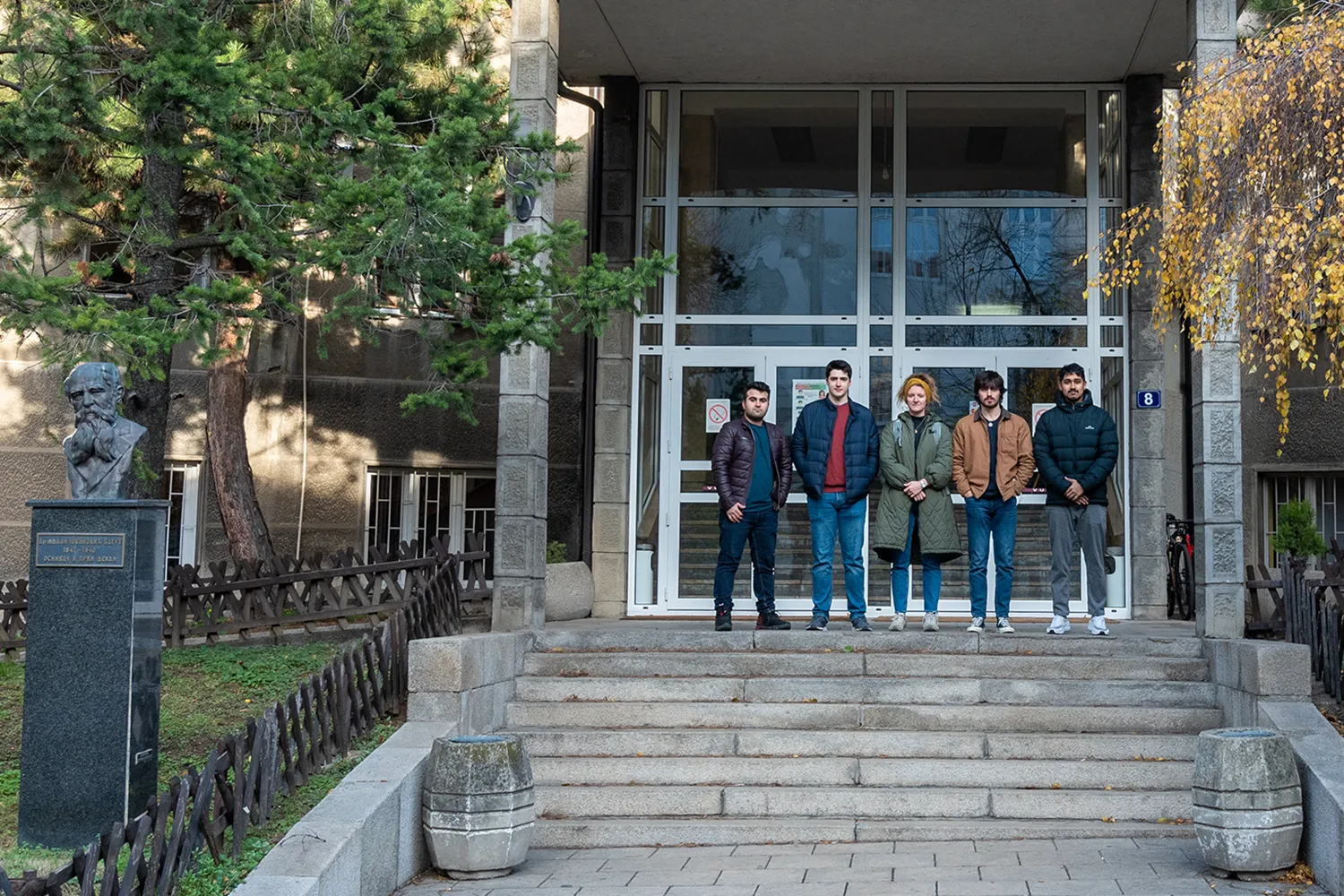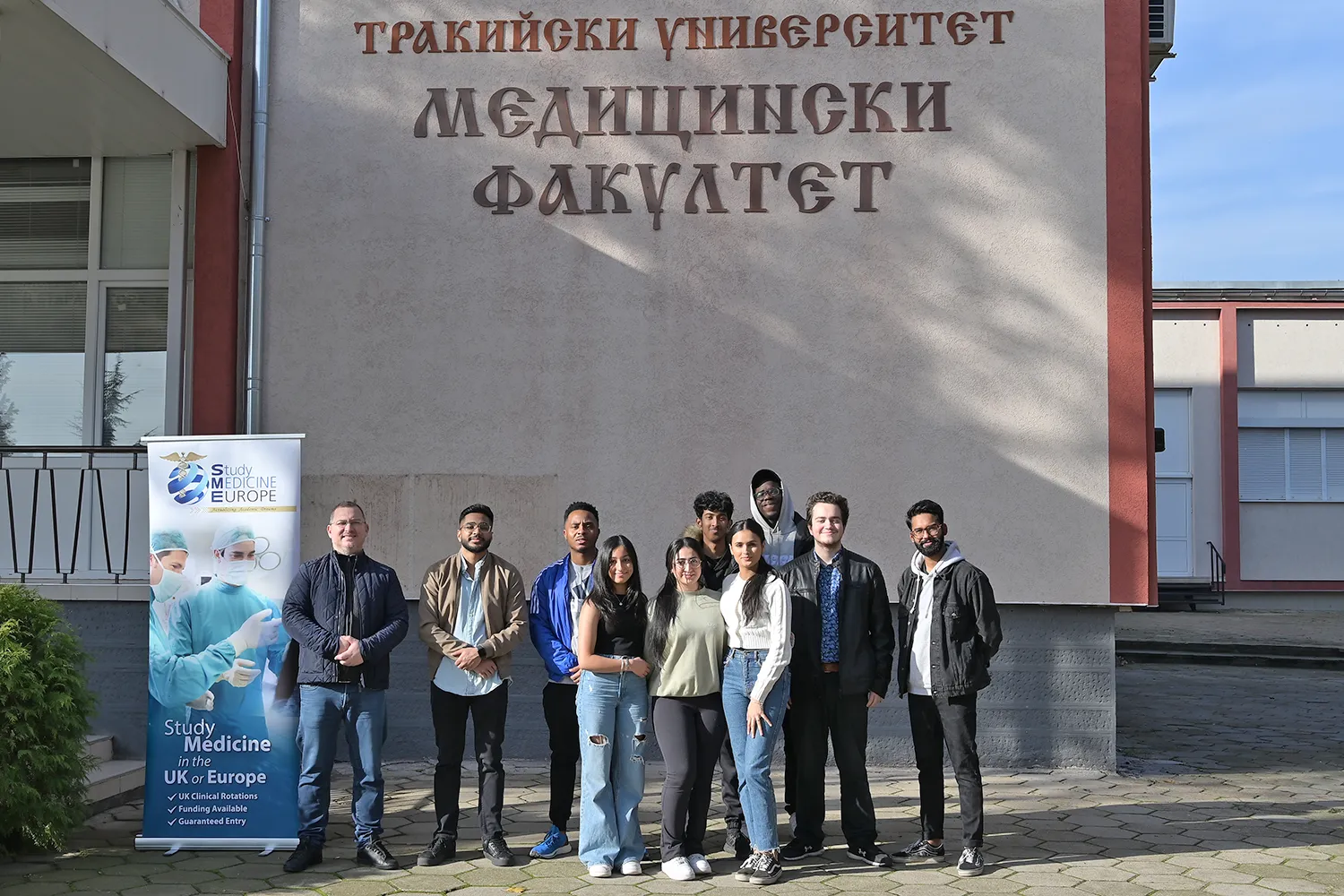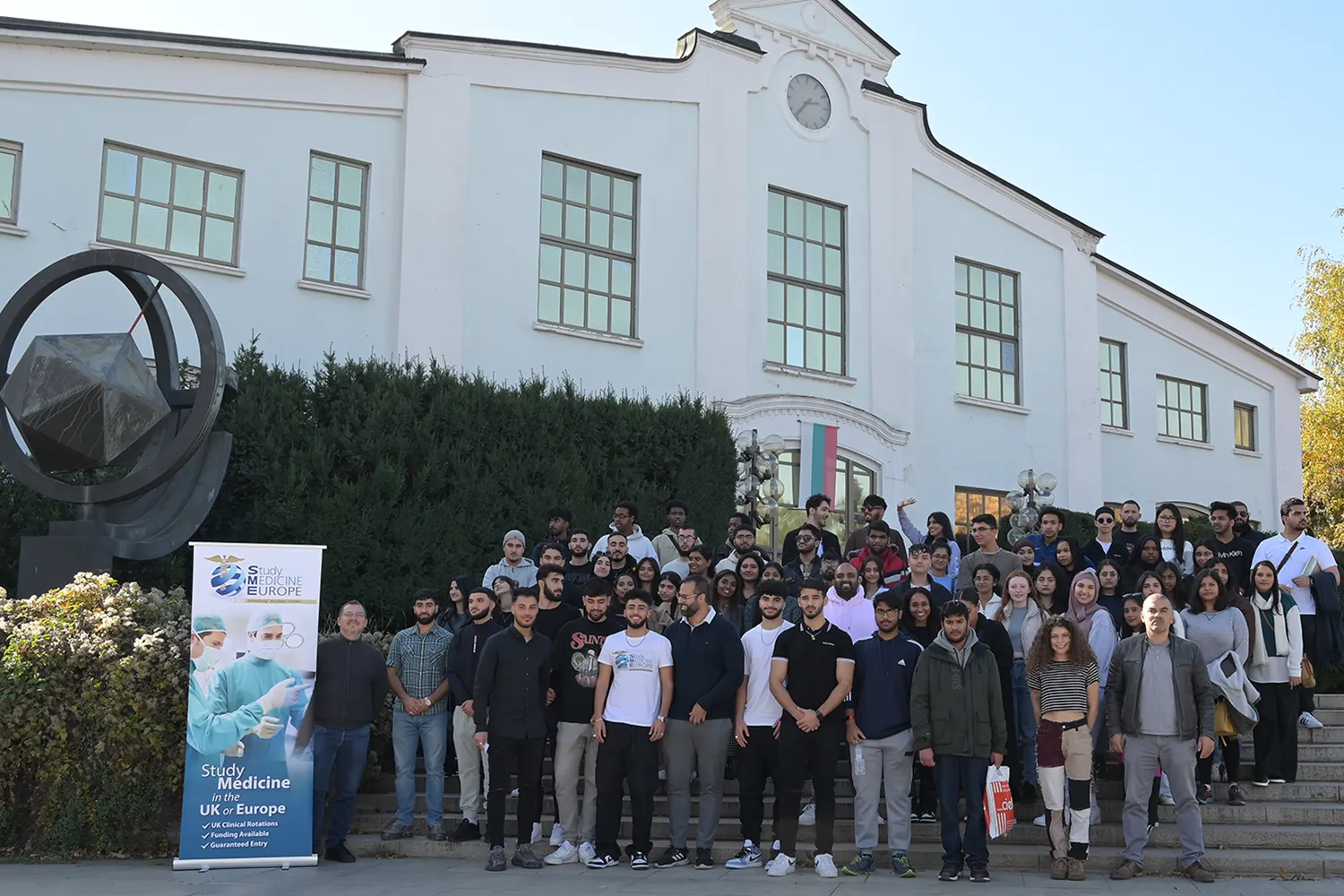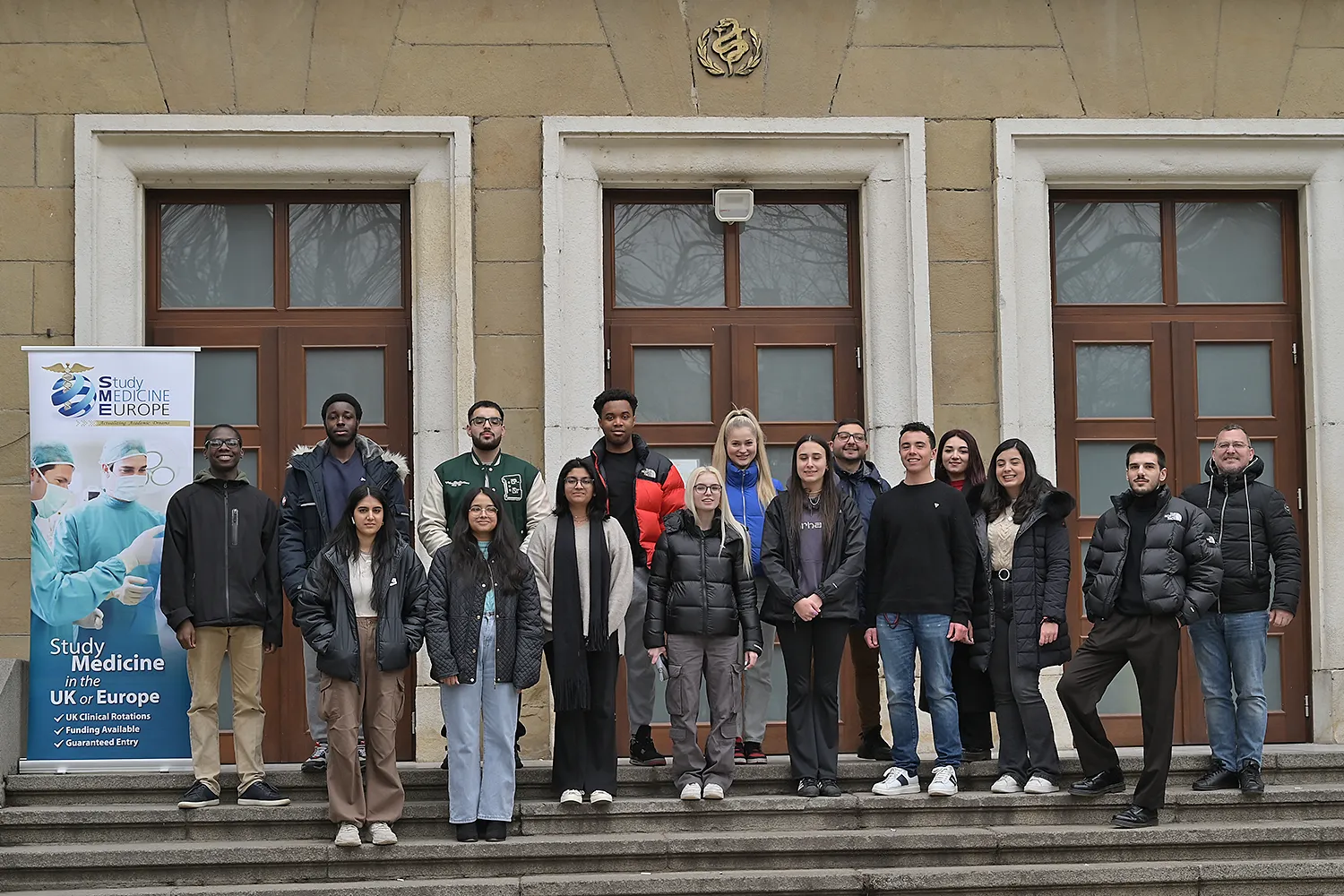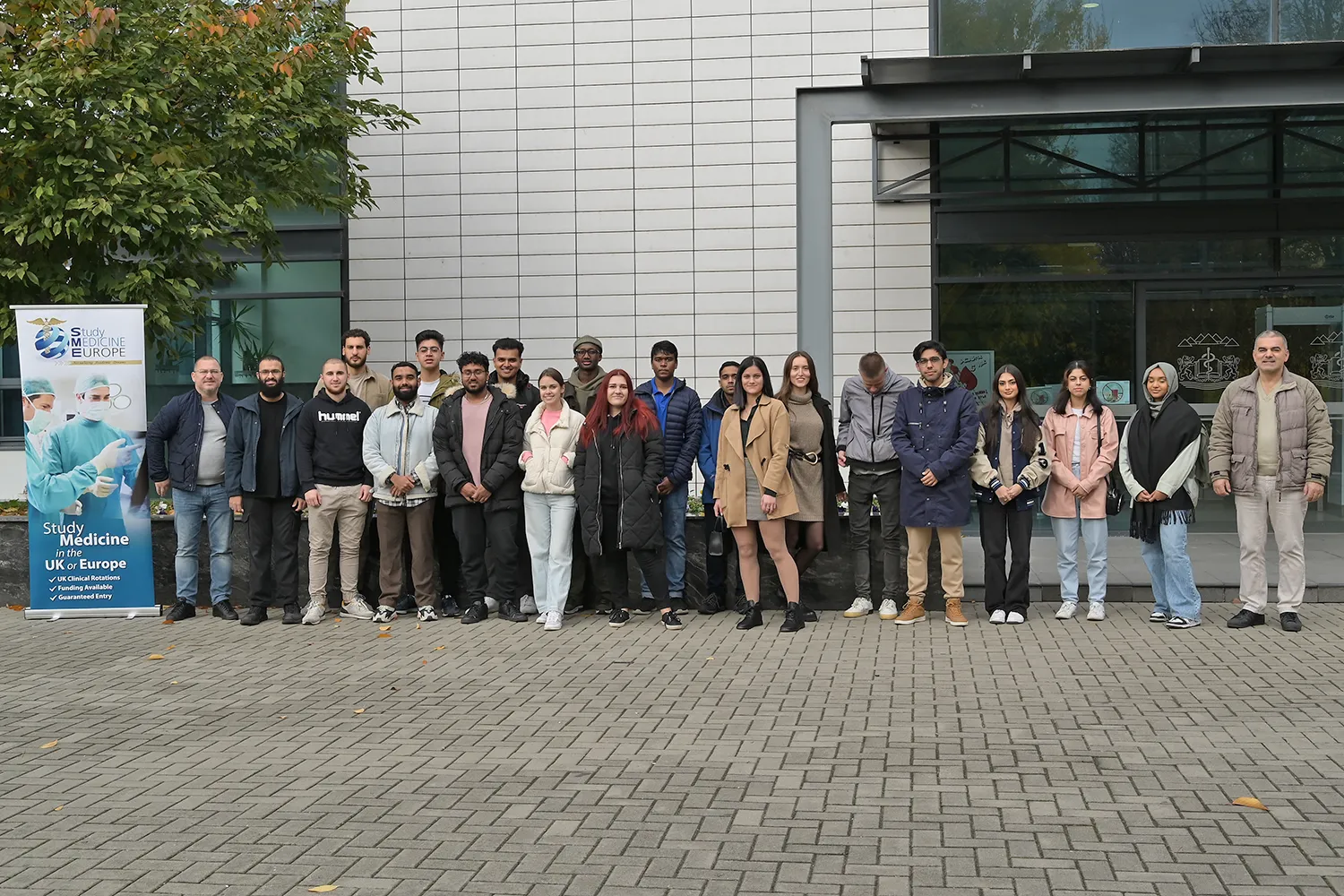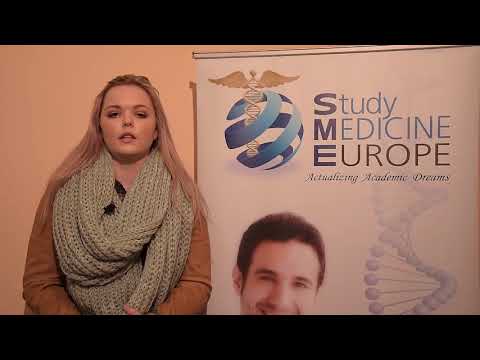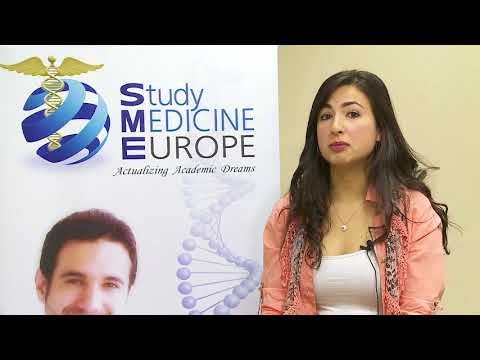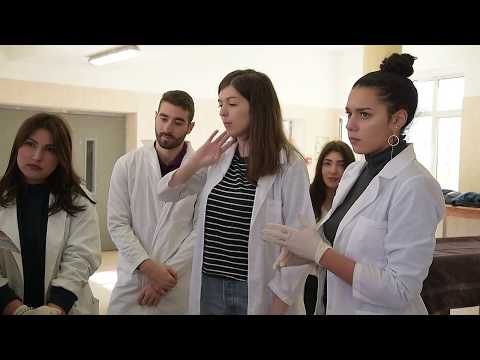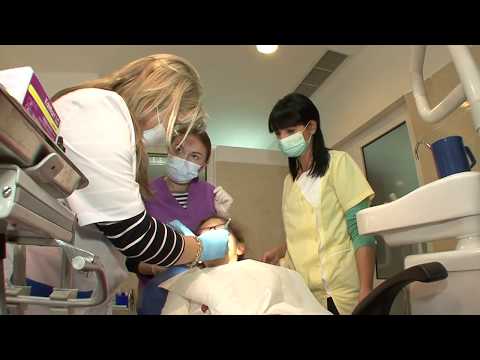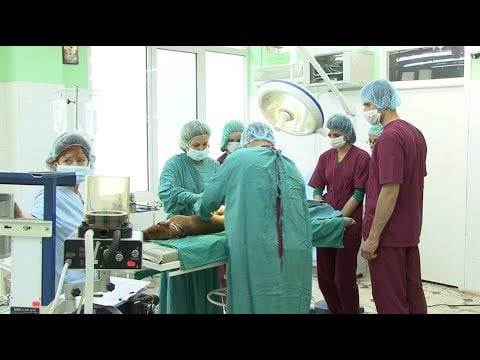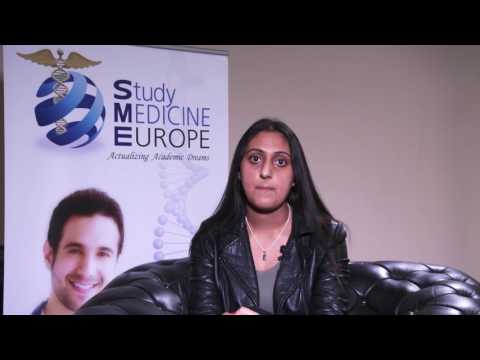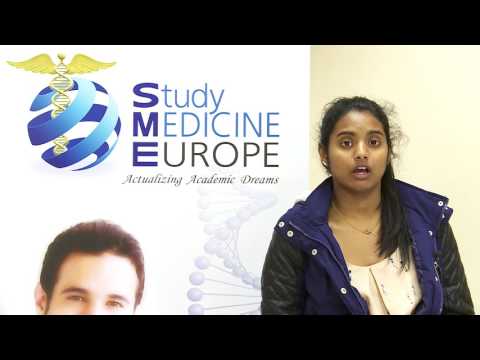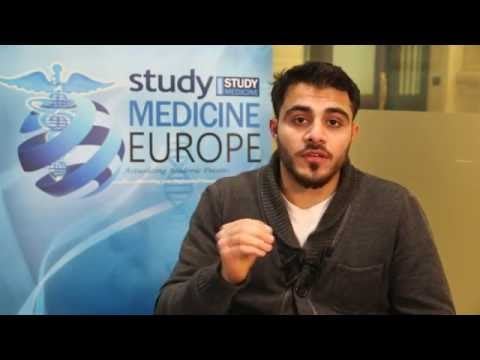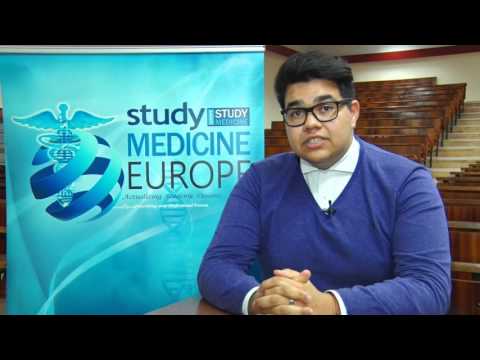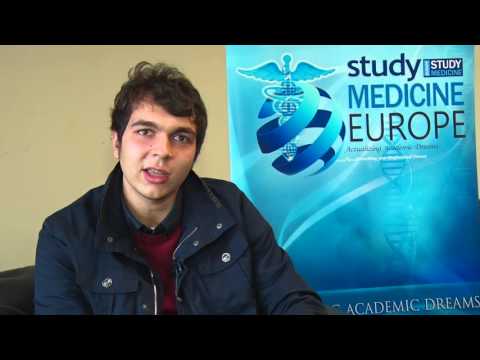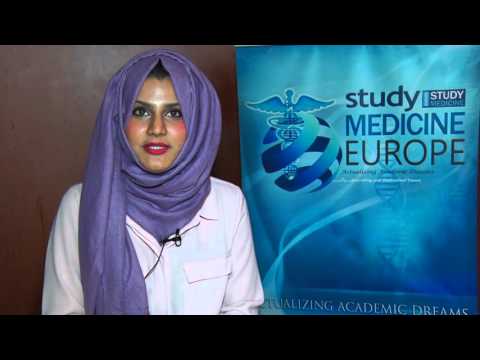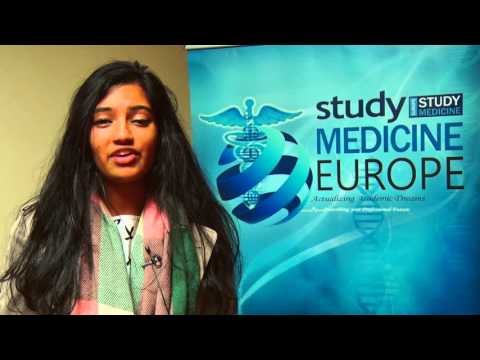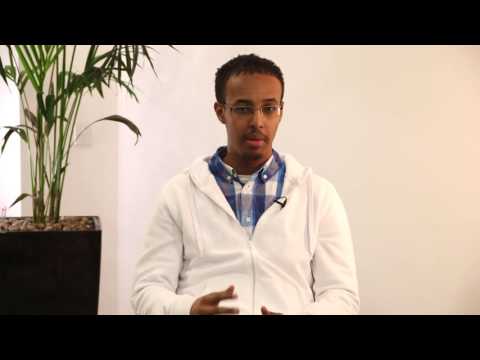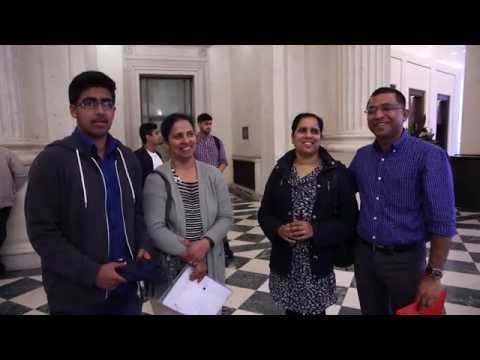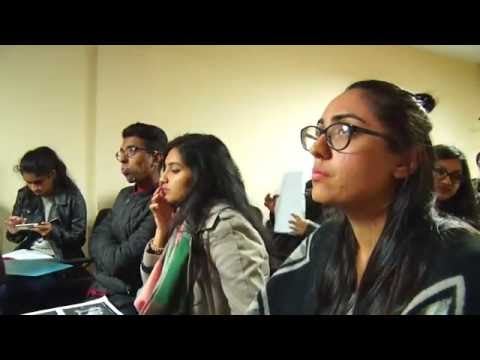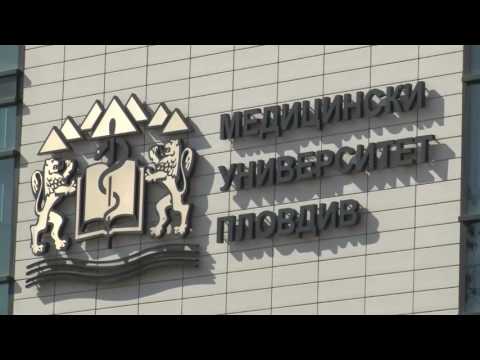Romania’s higher education enjoys stellar reviews about the world concerning quality of medical training, and deservedly so, as Romanian Universities focus on continuous research and have produced eminent scientists and leading medical professionals whose work has greatly contributed to their respective fields. Over the years, this has resulted in most Romanian Medical Schools ranking among the top twenty internationally, which aptly justifies the appeal they have to such a vast number of national and international students who arrive in the thousands annually from Europe and around the globe, be it from the UK, the USA, Greece, Malta, Nigeria, Turkey, the Netherlands, or as far as China and Japan.
Student life in Romania for students ready to apply to study medicine
Better yet, life in Romania is reasonably inexpensive for most international students, whether it concerns accommodation, tuition fees, books, food or beverages, nightlife, utility bills or gas and car rental fees, among other services, which is another reason why Romanian Universities are so high on any student’s list wishing to pursue higher education studies abroad taught in English, French or German. In fact, for many students living and studying in Romania is cheaper than just living at home!
What are the Medical Educations Standards in Romania
Education in Romania is for the most part regulated and supported by the Ministry of Education, Research, Youth and Sports. Higher education in Romania is less centralised than many countries in the West, with every university having its own internal policies regarding admission, exams and conditions for graduation aligned to the EU guidelines and independently checked by EU and national bodies together with the Ministry.
University accreditation is granted by the Romanian Agency for Quality Assurance in Higher Education (ARACIS), an independent public body which ensures and assesses quality and that EU guidelines are met. ARACIS is a full member of the European Association for Quality Assurance in Higher Education (ENQA) and is registered in the European Quality Assurance Register for Higher Education (EQAR). Moreover, the development and implementation of a nation-wide qualifications framework for higher education is conducted and deployed by the National Agency for Qualifications in Higher Education (ACPART) in conjunction with the aforementioned bodies and Ministry of Education.
What are the Medical Schools for Study in Romania
Romania has 56 state-run universities, 32 private universities, and 6 post university academic schools, all of which are internationally accredited and adhere to EU standards and guidelines for higher education. These categories of Higher Education Institutions include Universities, Polytechnic Universities (i.e. engineering faculties), Military Academies (military specialists) and Universities or faculties that offer further academic studies (post-graduate and PhD) in various fields.
What is the qualification structure for tertiary students undertaking a medicine programme in Romania
Since 2007, all Romanian Higher Education Institutions issue a Diploma Supplement together with the University Degree, which is in both Romanian and English or, upon request, in another widely spoken foreign language, according to the European Commission, the Council of Europe and UNESCO guidelines. Moreover, all Romanian Universities offer international programs and related scholarships to these, such as Tempus, CEEPUS, Socrates-Erasmus Student Exchange, Asia, Copernicus, Monet, e-Learn and Fulbright. Finally, since 2005, all Romanian Universities offer programs whose teaching, theory courses, practical and specialisation study and examinations strictly adhere to the European Credit Transfer System (ECTS).
What is the higher education grading system when students study medicine in Romania
Higher education in Romania affords students with the following Degree types, listed in order of academic ascent, from lowest to highest:
- Bachelor’s degree (“Diploma de Licenta”). The duration of studies depends on the field:
- 3 years: sciences, humanities, economic and social sciences, political sciences
- 4 years: engineering
- 5 years: pharmacy, agriculture
- 4 years: engineering
- 6 years: general medicine, dental medicine, veterinary medicine, architecture
- Master’s Degree (“Diploma de Master”). The duration of studies is 1.5 – 2 years after the acquisition of a Bachelor’s Degree.
- Ph.D. or Doctorate Degree (“Diploma de Doctor”). Obtained after 3 years of studies and can be extended by 1 or 2 years, depending on research requirements and funding.
What Languages can Students are Available for Medicine Programme Study in Romania
EU and non-EU prospective students of Romanian Universities may study taught courses either in English, French or German. Tuition fees for taught courses in any of these languages may start at £657 and reach maximum £3,650 per year depending on the field of studies, with the majority of these programs costing between £1,460-2,920 per annum on average. Tuition fees for Romanian taught programmes average £365 per annum.
Candidates whose mother tongue is other than the language of instruction, will have to sit for a test that demonstrated their competency or proficiency in English, French, German, or submit an internationally recognised language certificate in one of these languages that substantiates their proficiency. Alternatively, should they wish to do so, students may attend an intensive 9-month language immersion preparatory year so as to learn or master the language of instruction with relevant terminology to their field of study. On occasion, candidates may also need to sit for a test on a number of specialised subjects depending on their chosen field of studies (i.e. drawing for Architecture Schools or related portfolios for other schools).
What is the Academic Year Structure for Medicine Study in Romania
The academic year typically runs from the 1st of October through June in Romanian Higher Education Institutions, and is divided into two semesters which span 14 weeks each. National standards set the total class time per week between 24 and 30 hours. The Autumn Semester begins on the 1st of October and includes Christmas holidays from 21 December to 4 January, and ends mid-February, after the winter midterm exams. The Spring Semester starts mid-February, and includes the Easter holidays (Spring break) and a four-week end-term period between May and June. The academic year usually ends in July, but the exact date varies from one faculty to another, depending on the duration of practical study duties and exams. Subsequently, students may have summer practice during July or August.
What is the Grading System for Medicine Study in Romania
The main grading system used by Educational Institutions in Romania uses a scale of 1 to 10, with 5 representing ‘pass’ and 10 representing ‘excellent’. This grading system is included on the back of all transcripts for conversion purposes and evaluation in conjunction with the ECTS (European Credit Transfer System). The table below gives an idea of the grading system in Bulgaria, indicative of what appears on the transcripts:
| Numerical Grade | Description | Definition |
|---|---|---|
| 10 | Zece | Excellent |
| 9 | Noua | Very Good |
| 8 | Opt | Good |
| 7 | Sapte | Good |
| 6 | Sase | Satisfactory |
| 5 | Cinci | Sufficient |
| 4 | Patru | Fail |
| 3 | Trei | Fail |
| 2 | Doi | Fail |
| 1 | Uno | Fail |
What are the Living Costs for Students who Study Medicine in Romania
Living costs in Romania are particularly low, hence conducive to studies on a tight budget but with the quality akin to all other internationally acclaimed medical institutions. Foreign students wishing to live or pursue studies in Romania, will be surprised to find out that life is more affordable than living at home. As such, many students can save money instead of working part-time parallel to their studies for their day-to-day expenses.
More specifically, university hall accommodation costs at most £37 per month, but usually availability is severely limited, given that Romanian students take precedence. This usually means that most foreign students opt for private accommodation, which is still quite affordable by comparison to their home country, costing, in fact, about a quarter or less of what they would pay at home for equivalent amenities. Apartments near the University are let between £110–219 at most, monthly. By extension, total monthly costs never exceed £365-438 per month, even when covering private accommodation, utility bills, Cable TV, Internet access, public transportation, and miscellaneous expenses.
Lifestyle costs also benefit students who study medicine in Romania. It goes without saying that students can live as conveniently as they would if in their home country, or better, with this amount of money, certainly, depending on the arrangements a student makes and his or her lifestyle, they can live comfortably even on a very tight budget, without being deprived of any of the necessary amenities, comforts, and conveniences one expects to find while studying medicine abroad.








